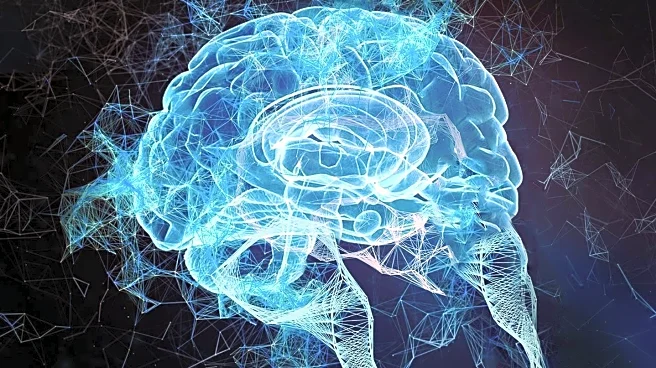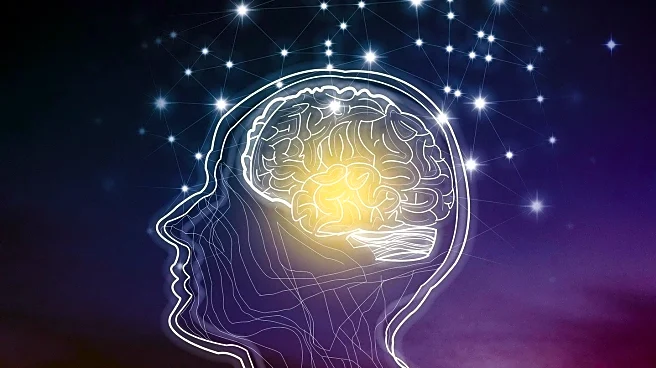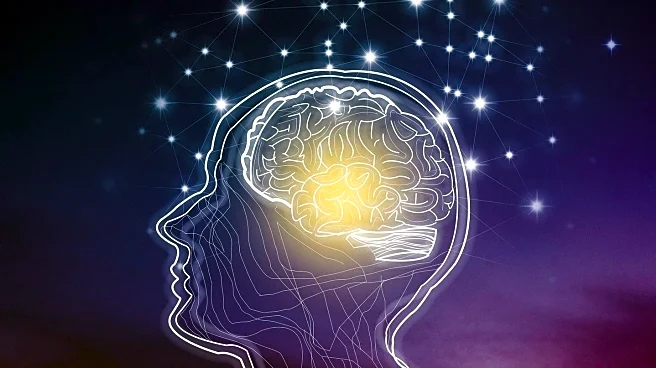Rapid Read • 7 min read
A recent study has identified a specific brain area, known as area 46 in the marmoset dorsolateral prefrontal cortex, as a key regulator of mood-related behaviors. The research, conducted by Christian Wood and colleagues, found that inactivation of this brain region led to reduced interest in rewards and increased sensitivity to threats, mimicking symptoms of depression and anxiety. The study also discovered a functional network connecting areas 46, 32, and 25, which helps counterbalance these effects, but only in the left hemisphere. These findings suggest that brain circuits play a crucial role in motivation and emotion regulation, with potential implications for targeted treatments using ketamine or non-invasive brain stimulation.
AD
The study's findings are significant as they provide insights into the neural mechanisms underlying depression and anxiety, which could lead to more personalized and effective treatments. Understanding the specific brain circuits involved in these mood disorders can help in developing therapies that target these areas, potentially improving outcomes for patients. The research also highlights the potential of using non-invasive brain stimulation and ketamine as treatment options, which could offer alternatives to traditional medication-based therapies. This could benefit individuals who do not respond well to current treatments, providing new hope for managing these common mental health conditions.
Future research may focus on further exploring the identified brain circuits and their role in mood regulation. This could involve testing the effectiveness of targeted treatments, such as ketamine and brain stimulation, in human subjects. Additionally, researchers may investigate whether similar brain networks exist in humans and how they can be modulated to alleviate symptoms of depression and anxiety. The study also opens up possibilities for developing new diagnostic tools that can identify individuals at risk of these disorders based on their brain circuitry, allowing for earlier intervention and prevention strategies.
AD
More Stories You Might Enjoy










